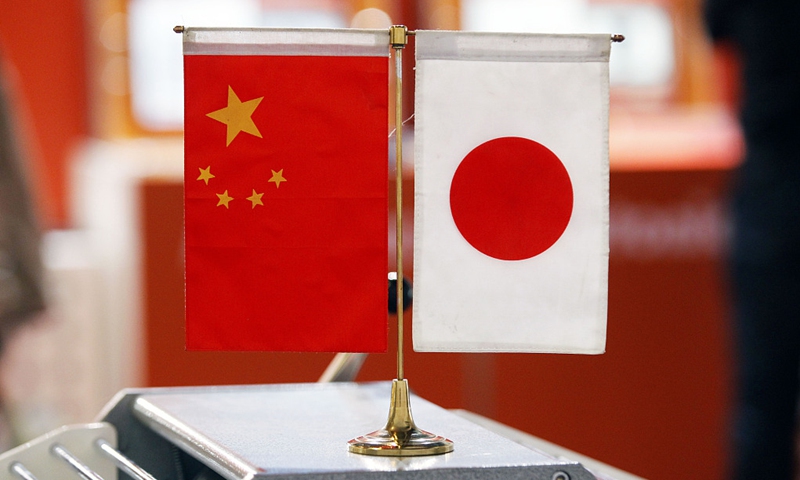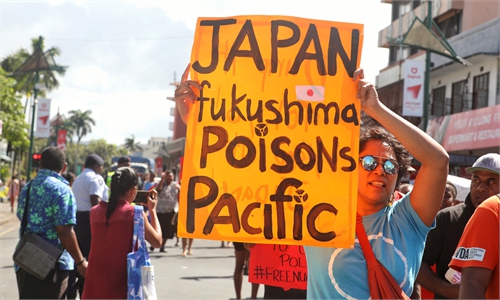
China-Japan Photo: VCG
Shandong is a province in China that is separated from Japan by the sea. Over the past 45 years since the signing of the Treaty of Peace and Friendship between China and Japan, the economic and trade relations between Shandong and Japan have flourished, permeating various aspects of the lives of ordinary people on both sides.One example of this deep connection is the story of coffins from Cao county, Shandong Province, exported to Japan.
In Japanese funeral culture, cremation is accompanied by the use of flammable coffins. Paulownia has become the preferred material for making coffins in Japan. This has led to a connection between the small town of Cao county in China and Japan, as they are linked by the use of paulownia wood.
In the fields of Cao county, numerous paulownia wooden planks bask in the sun. These planks are later transported to a factory where they undergo a series of processes, ultimately becoming coffins that are shipped overseas. This allows the souls of those who have passed away in Japan to rest in peace.
Cao county, located in the southwest of Shandong Province, has a fertile plain along the Yellow River, providing optimal conditions for the growth of paulownia trees. The short growing period, and the lightweight and non-flammable nature of paulownia make it an excellent material for coffins.
Behind the continuous export of paulownia coffins, besides the the qualities of the paulownia tree itself, there are the strong ecological protection measures implemented in Cao county.
The county has established a three-tier forestry system and has actively promoted forest conservation and sustainable development. With a forest area of 15,816.91 hectares, Cao county has abundant forest resources to support the coffin industry.
Cao county's coffin processing technology has also advanced to meet the high standards of the Japanese market. The processing factories in Cao county pay great attention to detail, ensuring excellence in the carving process. From logs to finished wood to finished coffins, each set of coffins goes through dozens or even hundreds of procedures.
Cao county continuously researches users' needs, innovates coffin styles and improves manufacturing processes. This commitment to excellence has allowed coffins produced in Cao county to dominate nearly 90 percent of the Japanese coffin market, attracting orders from Europe and the US.
The export of coffins from Cao county serves as a symbol of farewell transcending borders and time. Each coffin represents the final resting place of a life. In this way, the people of Cao county take care of the Japanese who embark on their last journey.
The export of coffins from Cao county is just one example of the broader China-Japan economic and trade exchanges, highlighting the significance of these exchanges in fostering interactions between the Chinese and Japanese people.
Last year, Shandong Province's total trade with Japan reached 192.27 billion yuan ($26.3 billion), up 5.8 percent year-on-year. Moreover, Shandong's exports to Japan have been steadily increasing in recent years, further deepening understanding and communication between the people in Shandong and Japan.
The example of Cao county demonstrates the importance of focusing on pragmatic cooperation to further enhance China-Japan relations.
The author is a graduate student of journalism at Shandong University in Weihai. opinion@globaltimes.com.cn


